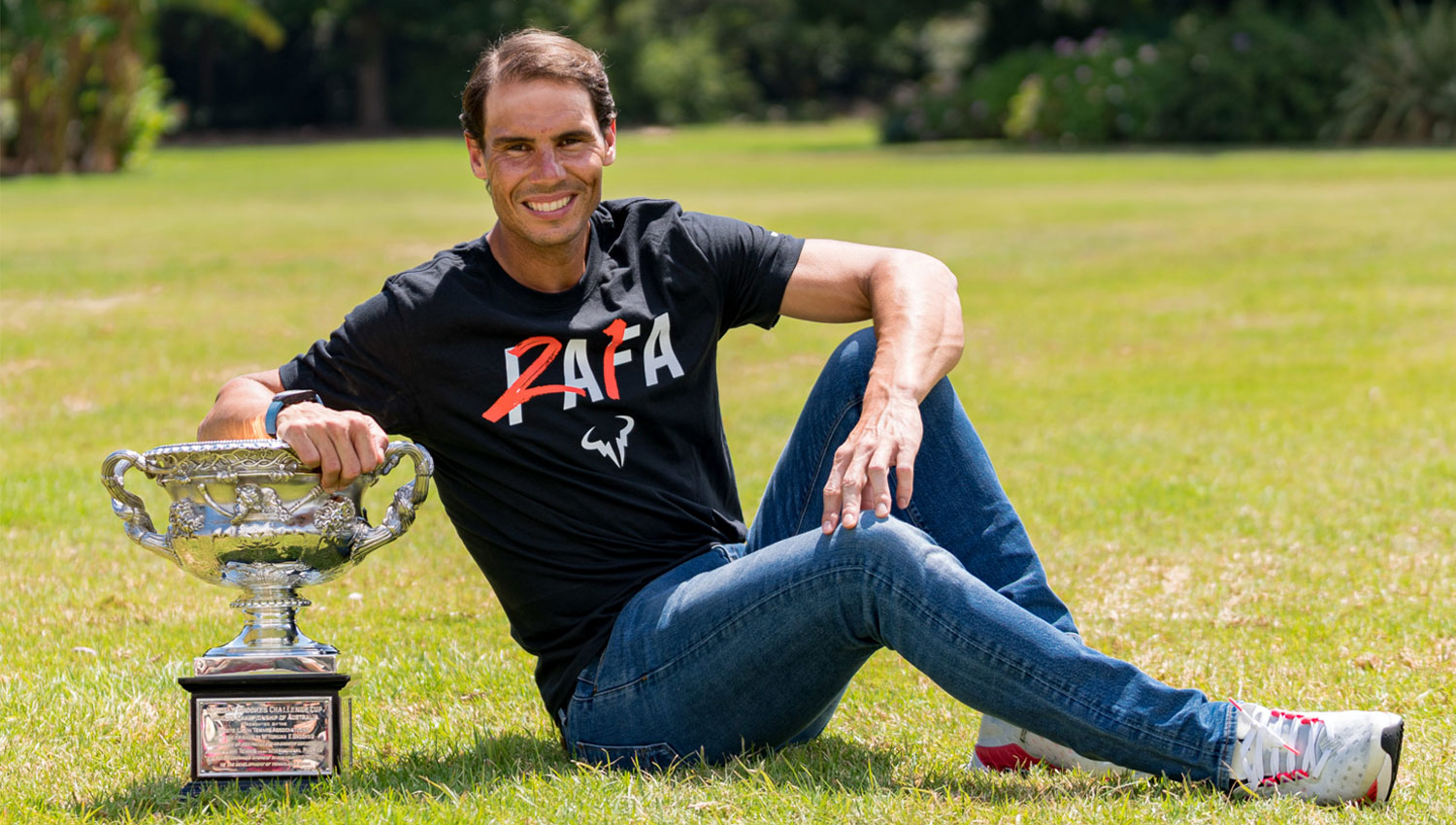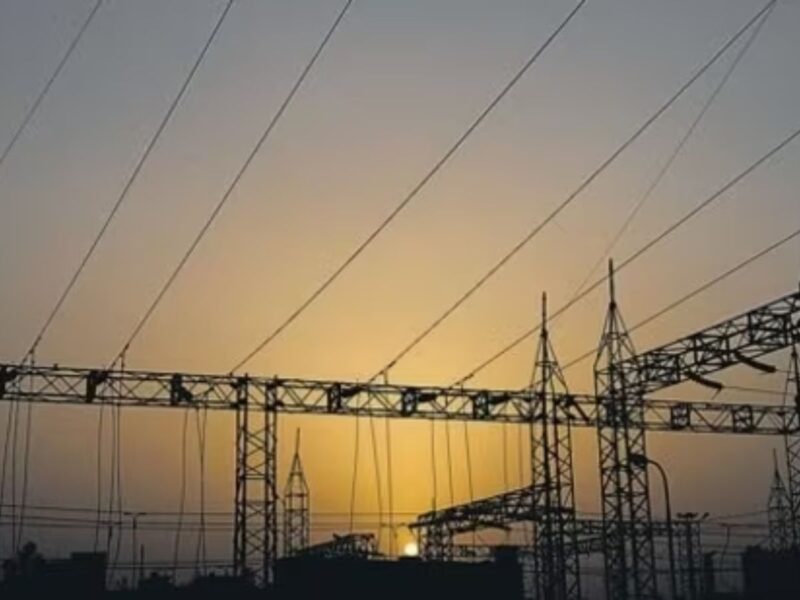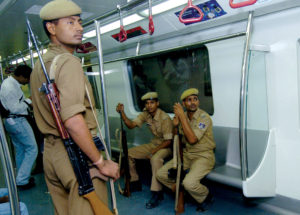Persistent focus on physical fitness and mental toughness are the secrets of Rafael Nadal’s success, giving him his 21st Grand Slam title in the twilight of his illustrious career
In the last 18 years, since his first French Open Grand Slam in 2005, most of us have kept making the mistake of calling Rafael Nadal the clay-court king. The fact is that he has won on every surface and in every Grand Slam tournament at least twice.
As Nadal landed in Australia on 31 December to begin his preparations for the Australian Open, there was hardly anyone out there, even in his team, who was sure about him reaching this far. The world No. 5 Spaniard had only tested positive for Covid-19 on 20 December after returning from an exhibition event in Abu Dhabi.
The 35-year-old player, winner of 20 Grand Slam titles, had only returned to action a week earlier after spending more than four months on the sidelines with a foot problem. A chronic pain in Nadal’s left foot restricted him to only one tournament in the last seven months of 2021. Nadal feared his career was over because of a foot injury.
Those setbacks meant the Australian Open was just his second competitive event in five months, and there was no one betting on him to achieve his dream in such a manner. And when he was down two sets to love against world No. 2 Daniil Medvedev of Russia in Melbourne, there was only one way he could make a comeback.
And that was by pressing a reset button.
After five hours and 24 minutes of pure battle, Nadal achieved the greatest milestone of his career with a 2-6, 6-7(5), 6-4, 6-4, and 7-5 to become the GOAT (Greatest of All Time). He edged ahead of his biggest rivals, Roger Federer and Novak Djokovic, to win his 21st Grand Slam title.
‘Biggest comeback’
For the first two hours, Medvedev did nothing wrong and Nadal had no answers for a much fitter opponent. It is important to understand that any Russian tennis player is forced to play the majority of his matches indoors during his early days in his home country due to the cold weather.
And it’s those harsh conditions that make them much more mentally tough in comparison to other players from around the world.
In a clinical display, the Russian looked much fitter and more agile on the court. Nadal did try and make a comeback in the second by breaking Medvedev in the fourth game. He was leading 3-1, but the Russian came back from behind to take the second set into a tie-break before winning it 7-6.
The two-set deficit meant that if Nadal had to win from this point, the match would have to go the full five sets. And going by Nadal’s current fitness level, where he suffered physical discomfort against Denis Shapovalov in the five-set quarterfinals, it was a question of showing his old form and stamina to achieve that.
Nadal started clawing his way back into the match by first breaking Medvedev at 4-4 and then taking the must-win third set 6-4. The Russian started losing steam in the fourth, where the trainer was often seen massaging his legs. Both players were in physical discomfort, but neither was ready to throw in the towel.
Medvedev was still serving brilliantly and showing no signs that physical discomfort had reduced his quality of play. Even though Nadal won the fourth set 6-4, the Russian was not going down without a fight in the fifth. At 5-4, Nadal thought he had the match in his pocket when he was leading 30-0. However, the Russian managed to tie the game at 5-5.
Nadal must have felt the demons of his past.
Nadal had been a break up in the fifth set twice before in his career, both times on the same Rod Laver Arena at the Australian Open. First, it was against Djokovic in 2012, when Nadal lost 5-7, 6-4, 6-2, 6-7(7), 7-5 in the longest Grand Slam final ever, which lasted five hours and 53 minutes. Second, it was against Federer in 2017, when he lost 6-4, 3-6, 6-1, 3-6, 6-3.
In 2022, however, Nadal repeated no such mistakes and broke Medvedev again to serve for the championship. Nadal, in the twilight of his illustrious career, rallied to win the 21st Grand Slam.
Nadal was right in saying this after his victory: “If you put everything together, it has probably been the biggest comeback of my tennis career.”
His opponent rightly called his victory an “unreal effort”.
Fitness, the only mantra
Now that Nadal has managed to achieve what others of his generation — like Federer or Djokovic — have not, it will only ignite the debate about whether he is the GOAT of men’s tennis.
For some, the GOAT discussion is useless and does not portray a true picture of the achievements of each player. Djokovic is a year younger than Nadal and has time on his side compared with 40-year-old Federer, who did not play in Melbourne because of a knee injury.
Most tennis critics regard Nadal as the greatest clay-court specialist. And the records do suggest it, as the “King of Clay” has won 13 of his 21 major titles in Paris. On the other hand, Djokovic has claimed nine of his 20 victories on the Australian Open hard courts, while Federer has won eight of his 20 majors on Wimbledon grass.
Over the years, Nadal has successfully fought back from his shoulder, wrist, abdomen, hamstring, right ankle, and hamstring injuries. The most upsetting injury for the Spaniard, however, remains the knee tendinitis that forced him to withdraw from Wimbledon in 2009.
In one such instance, Nadal was in Delhi to play a Davis Cup world group play-off tie against India in September 2016. As he had been fighting a wrist injury for the last two-three months, his participation in the singles was in doubt.
A day before the tie, Nadal was at the RK Khanna Stadium centre court for a practice session with his teammates. A half-fit Nadal, back from a knee injury and nowhere near his full fitness, was there out in the tough, humid conditions of Delhi. For the first 20 minutes or so, he looked cautious and hardly stretched much. But once he warmed up, it was a treat to watch him throw him all around the court.
There were no signs of a tennis player fighting injuries.
The practise session turned out to be a treat for those who were watching this great player. The session lasted for more than two hours, long after his other teammates decided to pack their bags in hot and humid conditions. Nadal at least changed a dozen T-shirts during this time, but didn’t show any signs of discomfort on his face. That’s how this champion player has been practising his whole life to keep his body fit with the help of specialists.
The Spaniard recently disclosed that he had to play with anaesthesia during 2008 Wimbledon final because of a foot injury that has bothered him for a large part of his career.
Nadal is certainly not getting any younger. But now he has a big season ahead of him. The first up is his favourite, clay, which awaits him in Paris. He will certainly be the favourite to win the title and could increase his slam total to 22.





